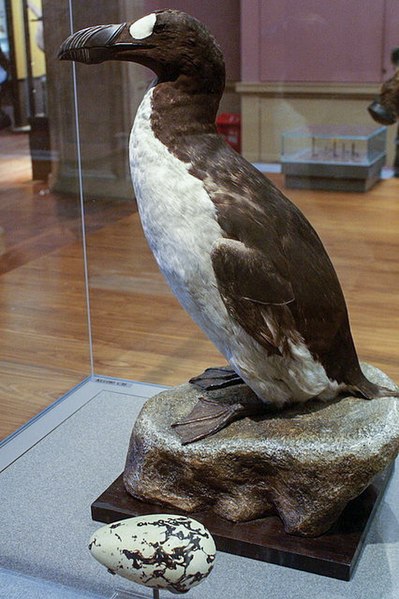À propos • Aide • Le Livre d'or
Les lecteurs de Vikidia demandent des articles en plus. Voyez la liste d'articles à créer, et venez nous aider à les rédiger !
Les lecteurs de Vikidia demandent des articles en plus. Voyez la liste d'articles à créer, et venez nous aider à les rédiger !
Fichier:Great Auk (Pinguinis impennis) specimen, Kelvingrove, Glasgow - geograph.org.uk - 1108249.jpg
Aller à la navigation
Aller à la recherche


Taille de cet aperçu : 399 × 599 pixels. Autres résolutions : 160 × 240 pixels | 426 × 640 pixels.
Fichier d’origine (426 × 640 pixels, taille du fichier : 271 kio, type MIME : image/jpeg)
Historique du fichier
Cliquer sur une date et heure pour voir le fichier tel qu'il était à ce moment-là.
| Date et heure | Vignette | Dimensions | Utilisateur | Commentaire | |
|---|---|---|---|---|---|
| Actuel | 11 août 2017 à 11:26 |  | 426 × 640 (271 kio) | wikimediacommons>Archaeodontosaurus | Corrections |
Utilisation du fichier
Les 3 pages suivantes utilisent ce fichier :
